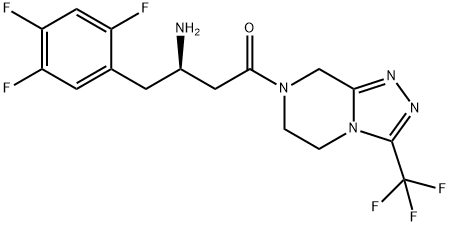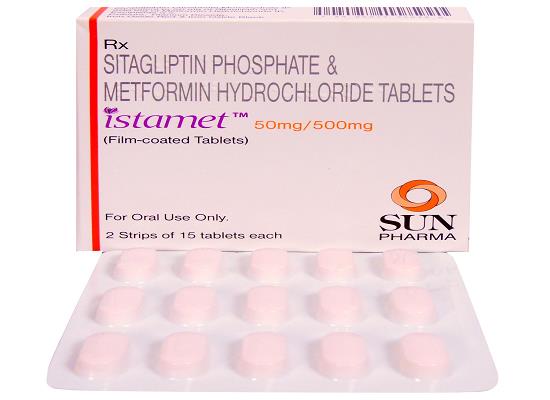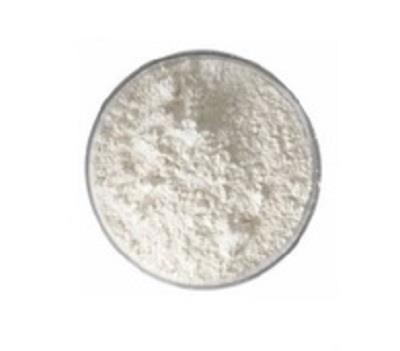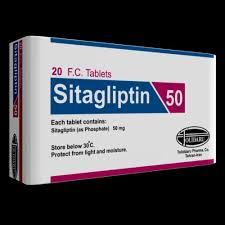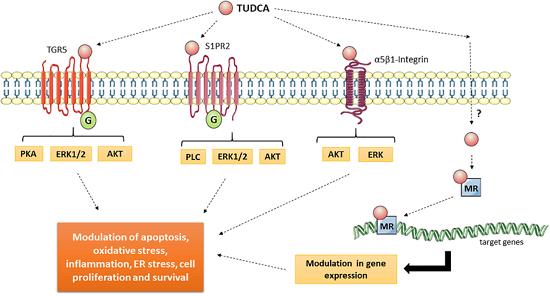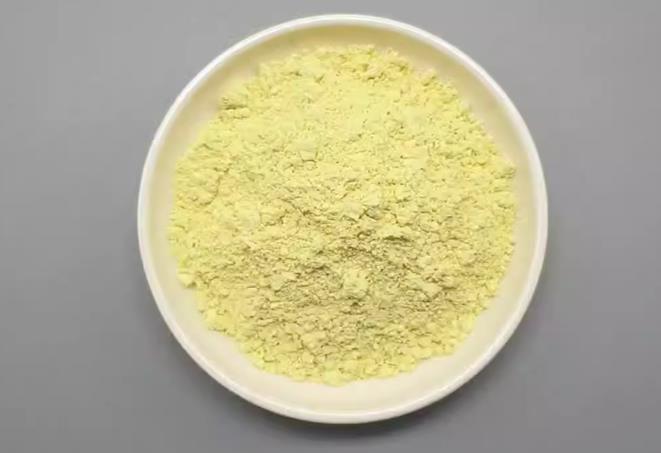Sitagliptin: A Leading DPP-4 Inhibitor for Diabetes Treatment
General Description
Sitagliptin has a pyrrolidine core structure with a nitrile functional group attached to the 2-position and an amino acid-derived moiety attached to the 1-position. The amino acid-derived moiety consists of a propanamide side chain with a hydroxylated phenyl ring at the end of the chain. The phenyl ring is substituted with two hydroxy groups at the ortho position and a fluorine atom in the para position. The stereochemistry of Sitagliptin is comprised of an S configuration for the pyrrolidine carbon and an R configuration for the amino acid carbon. These structural features are important for the pharmacological activity of Sitagliptin as a DPP-4 inhibitor, which facilitates glucose-dependent insulin secretion and improves glycemic control in patients with type 2 diabetes (T2D). 1
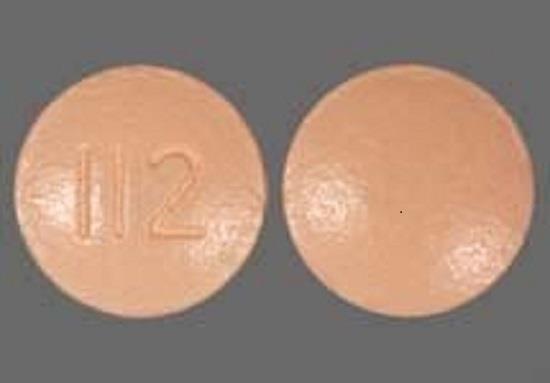
Figure 1. Properties of sitagliptin
Mechanism
Sitagliptin is a selective DPP-4 inhibitor used in the treatment of T2D. The mechanism of action involves inhibition of DPP-4, which leads to increased levels of incretin hormones such as glucagon-like peptide-1 (GLP-1) and glucose-dependent insulinotropic polypeptide (GIP). These incretin hormones play an important role in regulating glucose homeostasis by stimulating glucose-dependent insulin secretion, suppressing glucagon release, slowing gastric emptying, and promoting satiety. Inhibition of DPP-4 by Sitagliptin prolongs the half-life and enhances the biological effects of GLP-1 and GIP, resulting in improved glycemic control and reduced risk of hypoglycemia. 2
Advantages
Sitagliptin offers several advantages in the treatment of T2D. As a selective DPP-4 inhibitor, it works by increasing levels of incretin hormones such as glucagon-like peptide-1 (GLP-1) and glucose-dependent insulinotropic polypeptide (GIP), which play important roles in regulating glucose homeostasis. By enhancing the biological effects of these hormones, Sitagliptin improves glycemic control while reducing the risk of hypoglycemia. Furthermore, Sitagliptin has demonstrated anti-inflammatory and antioxidative properties that may provide additional benefits to patients with T2D and related complications. Studies have shown that Sitagliptin can significantly reduce markers of inflammation and oxidative stress, which are known to contribute to the pathogenesis of T2D and its associated complications. 3 Overall, Sitagliptin offers a safe and effective treatment option for patients with T2D, providing multiple benefits beyond glycemic control through its unique mechanism of action and additional therapeutic properties.
Dosage
The recommended daily dosage of sitagliptin is 100 mg once daily in the EU and USA and it may take up to two weeks to achieve noticeable differences in blood glucose levels. Local prescribing information should be consulted for detailed information, including specific indications, contraindications, precautions, warnings and use in special patient populations such as in those with renal impairment and ESRD. 4
Side effect
While Sitagliptin is generally well-tolerated, common side effects include headache, upper respiratory tract infection, and nasopharyngitis. Additional, there have been postmarketing reports of worsening renal function with the use of sitagliptin, including acute renal failure, sometimes requiring dialysis. The manufacturer recommends assessment of renal function prior to starting sitagliptin and periodically thereafter, and emphasizes dose adjustment for the degree of renal impairment. Clinical trials have not demonstrated increased risk of renal failure. 5
Drug combination
Sitagliptin is commonly used in combination with other medications for the treatment of T2D. In fact, Sitagliptin has been approved by regulatory agencies such as the FDA and EMA for use in various combination therapies, including with metformin, sulfonylureas, and insulin. Combination therapy with Sitagliptin has been shown to improve glycemic control and reduce the risk of hypoglycemia compared to monotherapy. For example, in clinical studies, Sitagliptin combined with metformin resulted in greater reductions in HbA1c levels compared to either agent alone. Similarly, combining Sitagliptin with a sulfonylurea or insulin can enhance their glucose-lowering effects and reduce the dose required, thus reducing the risk of adverse events. Currently, Sitagliptin is widely used in combination therapy for the treatment of T2D, and its safety and efficacy have been demonstrated in numerous clinical trials. As such, it is an important component in the management of T2D and offers benefits beyond monotherapy. 5
Reference
1. Stofella NCF, Veiga A, Oliveira LJ, et al. Solid-State Characterization of Different Crystalline Forms of Sitagliptin. Materials (Basel). 2019, 12(15):2351.
2. Baptist G. Review of sitagliptin phosphate: a novel treatment for type 2 diabetes, Vascular Health and Risk Management. 2007, 3(2):203-210
3. Esposito G, Cappetta D, Russo R, et al. Sitagliptin reduces inflammation, fibrosis and preserves diastolic function in a rat model of heart failure with preserved ejection fraction. Br J Pharmacol, 2018, 175(10):1781.
4. Scott LJ. Sitagliptin: A Review in Type 2 Diabetes. Drugs. 2017, 77(2):209-224.
5. Williams-Herman D, Engel SS, Round E, et al. Safety and tolerability of sitagliptin in clinical studies: a pooled analysis of data from 10,246 patients with type 2 diabetes. BMC Endocr Disord, 2010, 10:7.
You may like
Related articles And Qustion
Lastest Price from Sitagliptin manufacturers

US $1.00/g2025-11-05
- CAS:
- 486460-32-6
- Min. Order:
- 10g
- Purity:
- 99
- Supply Ability:
- 999

US $0.00/kg2025-09-30
- CAS:
- 486460-32-6
- Min. Order:
- 1kg
- Purity:
- 98%
- Supply Ability:
- 1000kg
